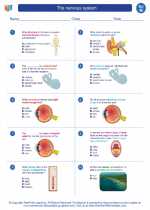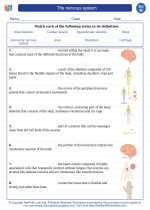The Triassic Period
The Triassic Period is the first period of the Mesozoic Era, lasting from approximately 251 million to 201 million years ago. It is known for significant geological, climatic, and evolutionary changes.
Geological Events
During the Triassic, the supercontinent Pangaea began to break apart, leading to the opening of the Tethys Sea and the creation of new continents and ocean basins. This period also saw extensive volcanic activity and the formation of large igneous provinces.
Climate
The climate during the Triassic Period was generally warm and arid, with extensive desert regions. However, there were also periods of intense humidity and widespread flooding, leading to the deposition of thick layers of sedimentary rocks.
Plant and Animal Life
The Triassic saw the rise of the first dinosaurs, as well as the diversification of reptiles and the emergence of early mammals. Plant life included conifers, cycads, and ferns, with the first appearance of flowering plants towards the end of the period.
Key Events
- Formation and breakup of Pangaea
- Extensive volcanic activity
- Rise of dinosaurs and early mammals
- Development of diverse reptile species
Study Guide
To study the Triassic Period, consider the following key points:
- Describe the geological changes that occurred during the Triassic, including the breakup of Pangaea and the formation of new continents.
- Discuss the climate of the Triassic Period, highlighting the arid conditions and periods of flooding.
- Explain the significance of the Triassic in the evolution of plant and animal life, focusing on the emergence of dinosaurs and early mammals.
- Identify and describe major geological events and key developments in plant and animal life during the Triassic.
By understanding these key points, you can gain a comprehensive understanding of the Triassic Period and its significance in Earth's history.
[Triassic] Related Worksheets and Study Guides:
.◂Science Worksheets and Study Guides Eighth Grade. The nervous system

 Worksheet/Answer key
Worksheet/Answer key
 Worksheet/Answer key
Worksheet/Answer key
 Worksheet/Answer key
Worksheet/Answer key
 Vocabulary/Answer key
Vocabulary/Answer key
 Vocabulary/Answer key
Vocabulary/Answer key
 Vocabulary/Answer key
Vocabulary/Answer key
 Vocabulary/Answer key
Vocabulary/Answer key
 Vocabulary/Answer key
Vocabulary/Answer key
 Vocabulary/Answer key
Vocabulary/Answer key
